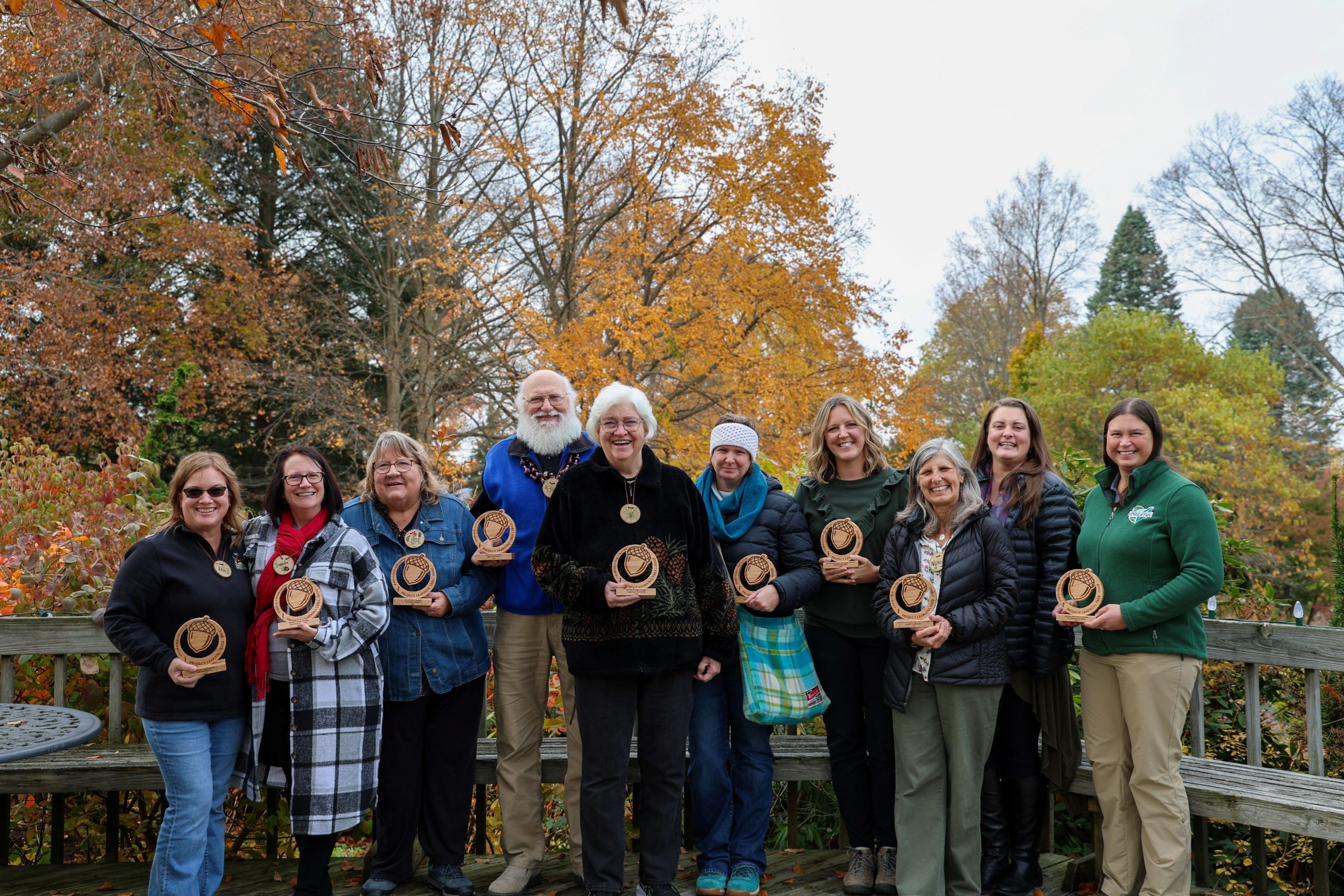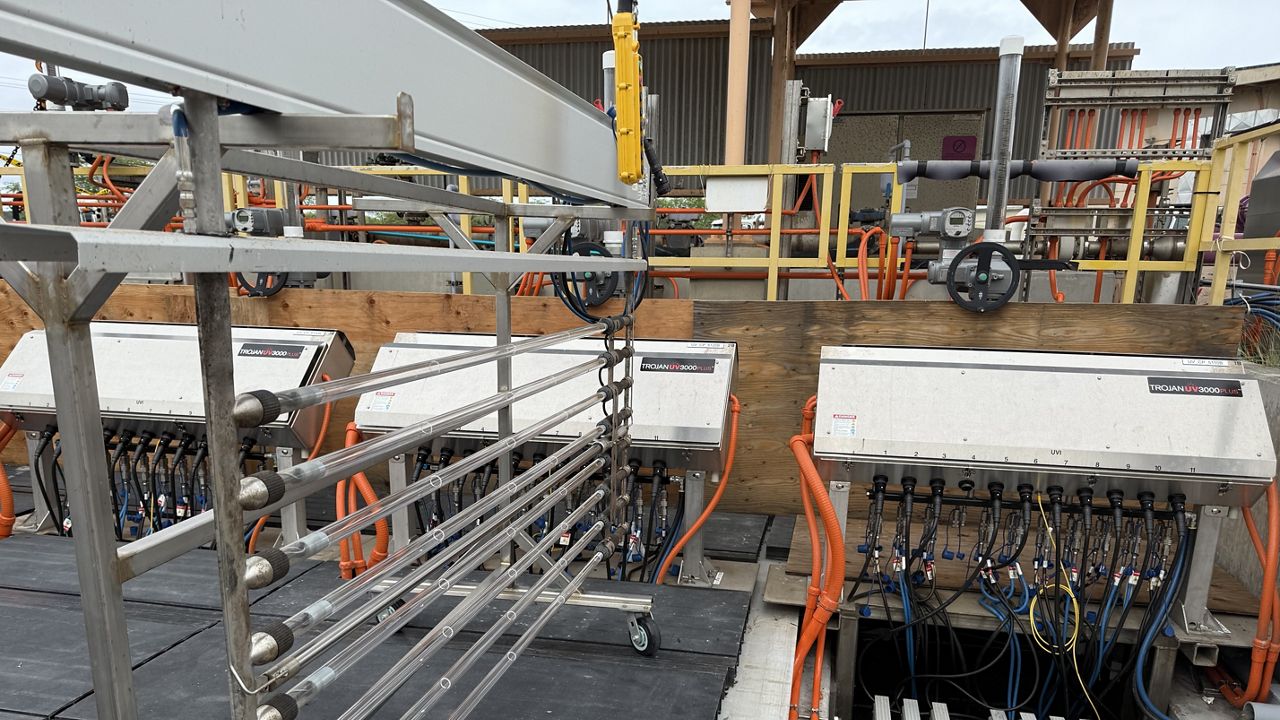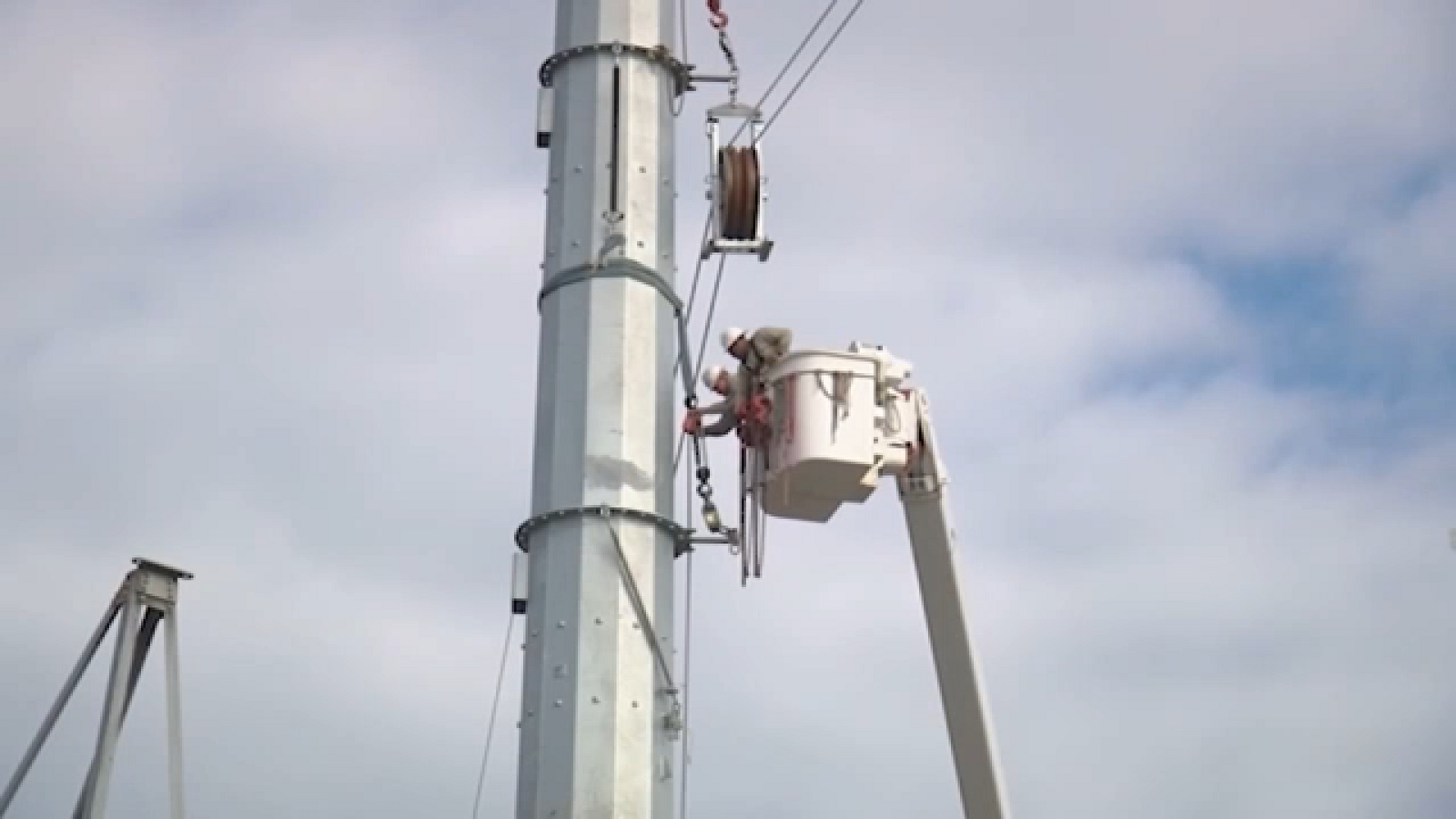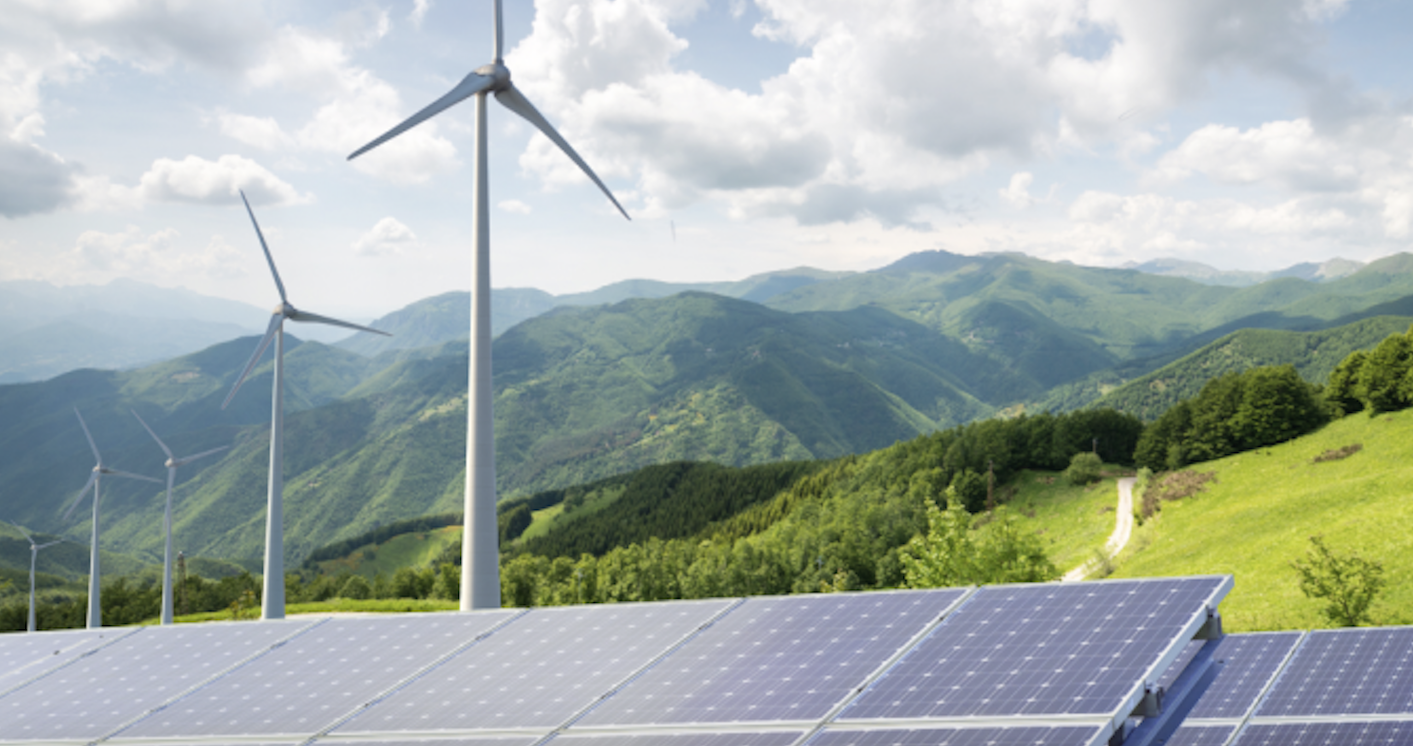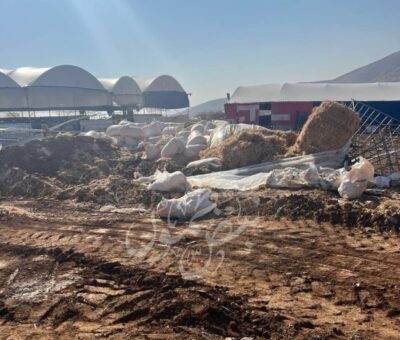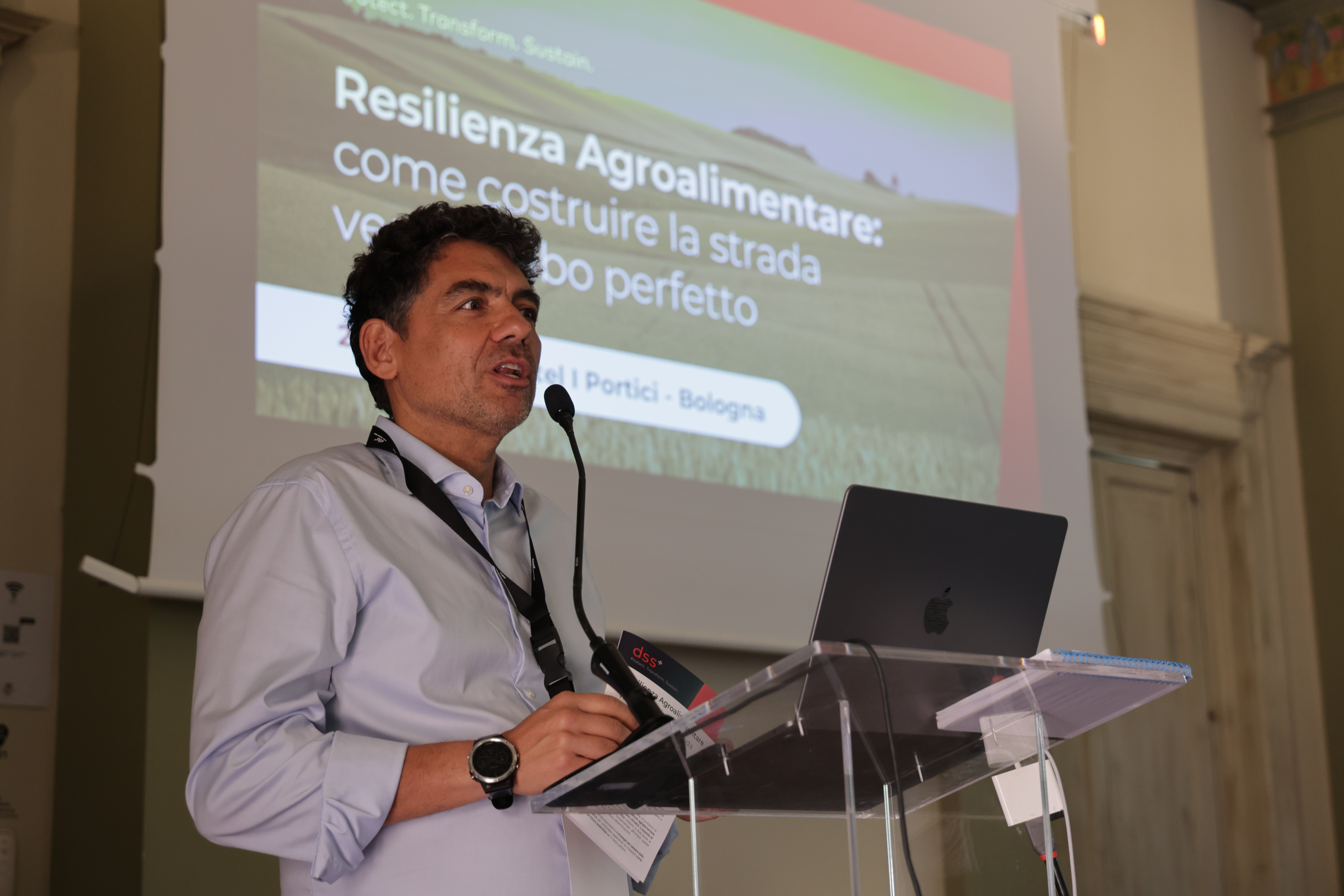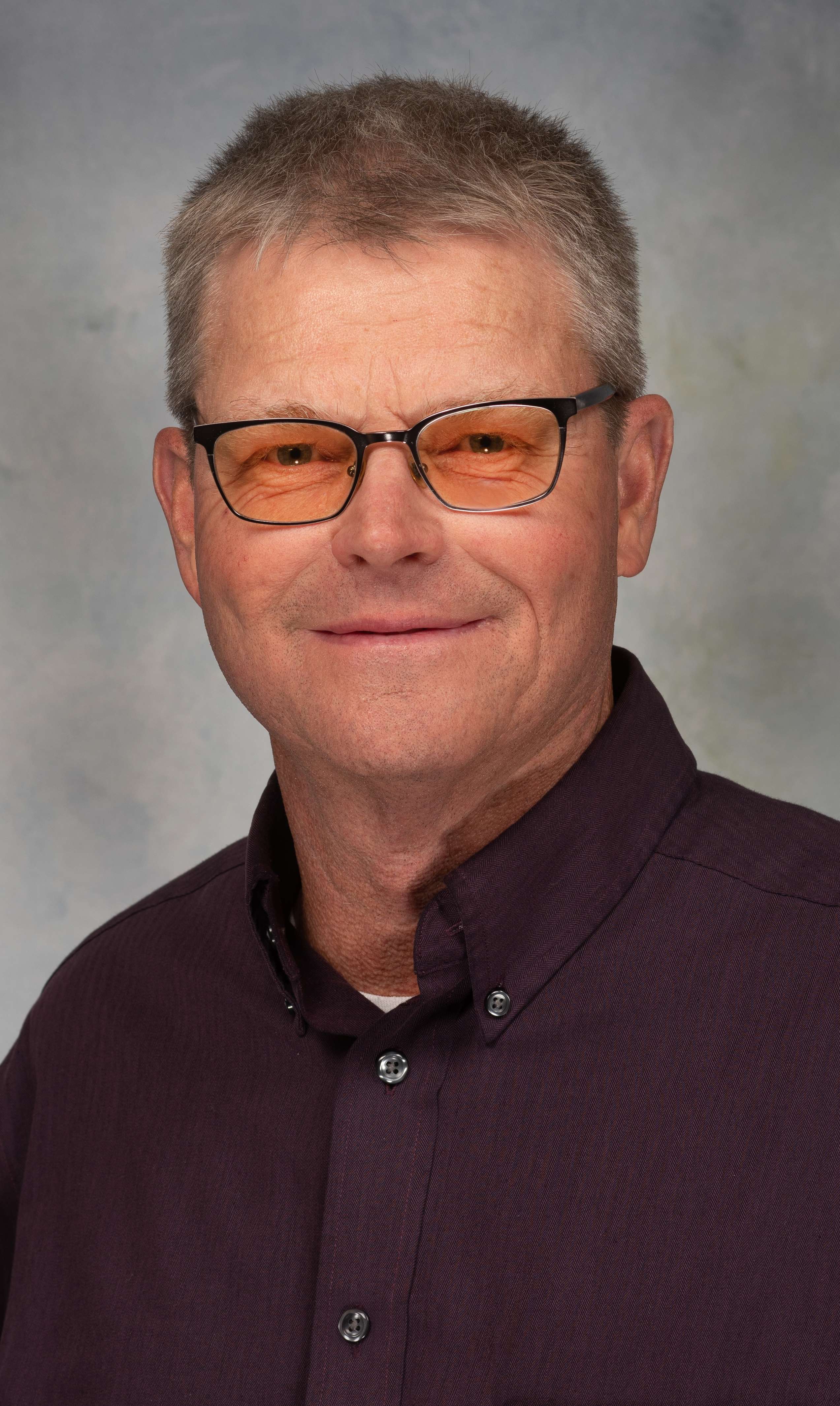Combatting coastal erosion with a 'Sand Motor'
This article explores how an innovative technique known as the 'Sand Motor' can help protect coastal communities from the effects of rising sea levels.

By: Jake Bittle
When governments find themselves fighting the threat of coastal erosion, their default response tends to be pretty simple: If sand is disappearing from a beach, they pump in more sand to replace it. This strategy, known as “beach nourishment,” has become a cornerstone of coastal defenses around the world, complementing hard structures like sea walls. North Carolina, for instance, has dumped more than 100 million tons of sand onto its beaches over the past 30 years, at a cost of more than $1 billion.
The problem with beach nourishment is obvious. If you dump sand on an eroding beach, it’s only a matter of time before that new sand erodes. Then you have to do it all over again.
Beach nourishment projects are supposed to last for around five years, but they often disappear faster than expected. Moreover, a big coastal storm can wipe them out in a single night. And the costs are staggering: Dragging in new sand requires leasing and operating huge diesel dredge boats. Only the wealthiest areas can afford to do it year after year.
Now, after decades of reliance on repeated beach nourishment, a new strategy for managing erosion is showing up on coastlines around the world. It’s called the “sand motor,” and it comes from the Netherlands, a low-lying nation with centuries of experience in coastal protection.
A “sand motor” isn’t an actual motor — it’s a sculpted landscape that works with nature rather than against it. Instead of rebuilding a beach with an even line of new sand, engineers extend one section of the shoreline out into the sea at an angle.. Over time, the natural wave action of the ocean acts as a “motor” that pushes the sand from this protruding landmass out along the rest of the natural shoreline, spreading it down the coastline for miles.
While sand motors require much more upfront investment than normal beach nourishment — and many times more sand — they also protect more land and last much longer. Developed countries such as the Netherlands and the United Kingdom are turning to these megaprojects as an alternative to repeated nourishment, and the World Bank is financing a sand motor in West Africa as part of a billion-dollar adaptation program meant to fight sea-level rise. But these massive projects only work in areas where erosion is not yet at a critical stage. That means they’re unlikely to show up in the United States, where many coastal areas are already on the point of disappearing altogether.
The idea for the project came from a Dutch professor named Marcel Stive, who had watched with frustration as his country’s government spent billions to nourish the same coastal areas over and over again as sea levels kept rising. Stive presented the idea to the government, which hired a large dredging company called Boskalis to build a prototype on the shoreline south of The Hague.
Even this experimental project, which the Dutch call “de Zandmotor,” was an unprecedented undertaking. Boskalis dredged up around 28 million cubic yards of sand from the ocean floor — more than the Netherlands uses on nourishment projects nationwide in a given year. Engineers then sculpted the sand into a hook that curved eastward along the shore, ensuring that waves would push the sand northeast toward beaches near The Hague. They also created a lagoon in the middle of the sand structure so that locals wouldn’t have to walk for almost a mile to get to the water. In the years since Boskalis finished construction on the $50 million project, the hook of sand has flattened out, almost the way a wave breaks as it reaches the shore.
“By mobilizing your dredging equipment only once, it’s cheaper to do one large nourishment rather than to return every two to three years,” said Mark Klein, a senior morphology engineer at Boskalis who has worked on sand motor projects. “It saves mobilization costs if you make one big nourishment.”
The upfront costs of the South Holland sand motor were considerable — most normal beach nourishment projects clock in at under a million cubic yards — but the sand and the money will go much farther than they would if they’d been used for ordinary nourishment. The sand motor was designed to last for 20 years, but Klein says it will likely last even longer than expected — an unheard-of outcome for an erosion control project.
Despite the project’s success, only a few countries have attempted to copy the Dutch model. Nigeria created a sculpted sandbar in a suburb of Lagos in 2018, and the United Kingdom built a shifting sand barrier to protect a natural gas terminal in the coastal town of Bacton the following year. Both were far smaller than the South Holland project; the Bacton sand scaping project, for instance, used only 2 million cubic yards of sand.
But around the time these projects were completed the concept got a boost from the World Bank, which is the world’s largest source of funding for climate adaptation projects in developing nations. As part of an almost $500 million adaptation packagemeant to protect coastal areas in West Africa, the bank funded the construction of a large sand motor in the small nation of Benin, another country that faces an extreme erosion threat.
The coastline of West Africa’s Gulf of Guinea is eroding faster than almost any other place in the world, with severe consequences for a population that is clustered by the water. According to a recent study, almost two-thirds of the region’s coastal settlements face severe economic and health disruptions from sea-level rise — most notably in the Nigerian megacity of Lagos, which sits on a marshland just a few feet above sea level. The World Bank estimates that the impacts of erosion could wipe out as much as 5 percent of the region’s gross domestic product.
Benin is in particularly dire shape: Parts of the country’s shoreline are eroding by as much as 45 feet every year, and miles of beach have vanished since the turn of the century. The erosion has washed out roads, disrupted the livelihoods for local fishermen, and carved up beaches that are major tourist attractions. The national government’s previous efforts to control land loss with concrete sea walls and rock structures didn’t do much to slow down the rate of erosion.
So when the World Bank gave the Beninese government $60 million in 2018 to pursue a raft of erosion solutions, its leaders opted to build a sand motor in a popular beachfront area where erosion has disrupted fishing and tourism. The dredging firm Boskalis built the project last May, vacuuming up more than 8 million cubic yards of sand to build a motor about one-third the size of the original one in the Netherlands.

Because sand motors require so much money, sand, and dredging expertise, most countries can’t pursue them without international help, said Peter Kristensen, an environmental economist at the World Bank who is leading the West Africa erosion initiative. Instead they settle for concrete barriers, rock walls, and smaller nourishment projects, all of which have short lifespans. Sea walls can even speed up erosion in nearby areas by redirecting wave energy toward neighboring sand stretches that don’t have fortifications.
“In the U.S. and other countries, they can afford to replenish often,” said Kristensen. “It’s harder for the African countries to afford that kind of replenishment on a regular basis.”
West African countries have also used money from the World Bank to build rock groins, mangrove forests, and traditional nourishment projects. The bank hopes to monitor all these projects over the coming years to see which are most effective at combating erosion, then scale those solutions for the entire region. If the new sand motor in Benin survives for as long as the Dutch version has, the bank may try to replicate its success with more mega-nourishment projects in other parts of the world.
But this intervention will only work if countries like Benin also try to shift their development away from the water’s edge, according to Rob Young, a professor of geology at Western Carolina University and a leading expert on shoreline erosion.
“The Dutch made two choices,” he said. “One was, ‘We’re going to protect as much of the country from storm surge as we can.’ Number two was, ‘We’re going to get infrastructure out of the lowest lying areas, and we’re not going to build new stuff in stupid places.’”
Kristensen says that moving back from the shoreline might be difficult in the region of Benin with the new sand motor. Homes and beach hotels in the area sit clustered on a narrow strip of land with a river flowing behind it, so it’s not possible to shift development backward.
“It’s not always the case that when you want to do a managed retreat that you have a place to put everything and all the people that you want to move,” he said. But he also said that the World Bank would be willing to fund so-called “managed retreat” policies in other areas of West Africa if national governments wanted to pursue them.
By the same token, Young said, it’s unlikely that the sand motor would be much help in the United States. There are millions of beach homes and high-rise condominium buildings lining the shorelines of states like Florida, and moving this development back from the water would raise a host of political and logistical challenges, not the least being that no one who lives there wants to move.
Furthermore, the beach in places like Miami has eroded so far that only a thin strip of sand protects people from the encroaching ocean, which makes nourishment far more urgent. Beach communities in Florida can’t wait years for the sand from a sand motor to drift toward their beaches — they need constant infusions of sand, year after year, or the water will wipe them out altogether. Plus, the process of erosion is so far advanced in places like South Florida that there may not be enough sand to build a motor: Previous dredging efforts have drained offshore deposits of high-quality sand, leaving only low-quality material that won’t work to replenish beaches.
Young says that all these factors mean that the sand motor will only be useful for countries that can also shift development inland as part of a more comprehensive climate adaptation plan, as the Dutch did.
“In the U.S. we have lots of coastal resort communities where the houses are on the edge of the sea, right now, and we’re scrambling to keep sand in front of them,” he said. “If you look at what is down drift of the sand motor on the coast of Holland, they don’t have buildings teetering on the edge.”
What is Your Reaction?
 Like
0
Like
0
 Dislike
0
Dislike
0
 Love
0
Love
0
 Funny
0
Funny
0
 Angry
0
Angry
0
 Sad
0
Sad
0
 Wow
0
Wow
0

